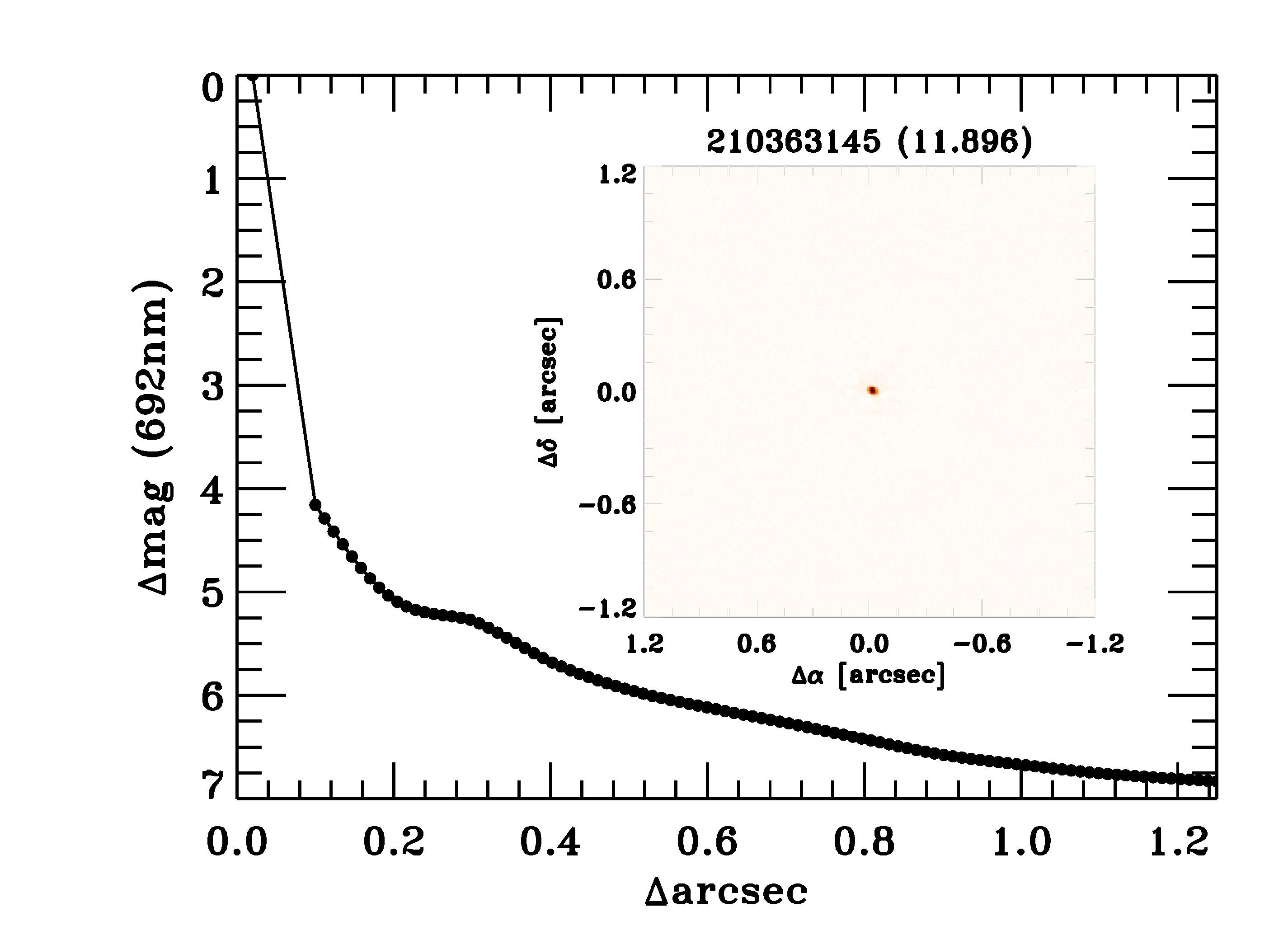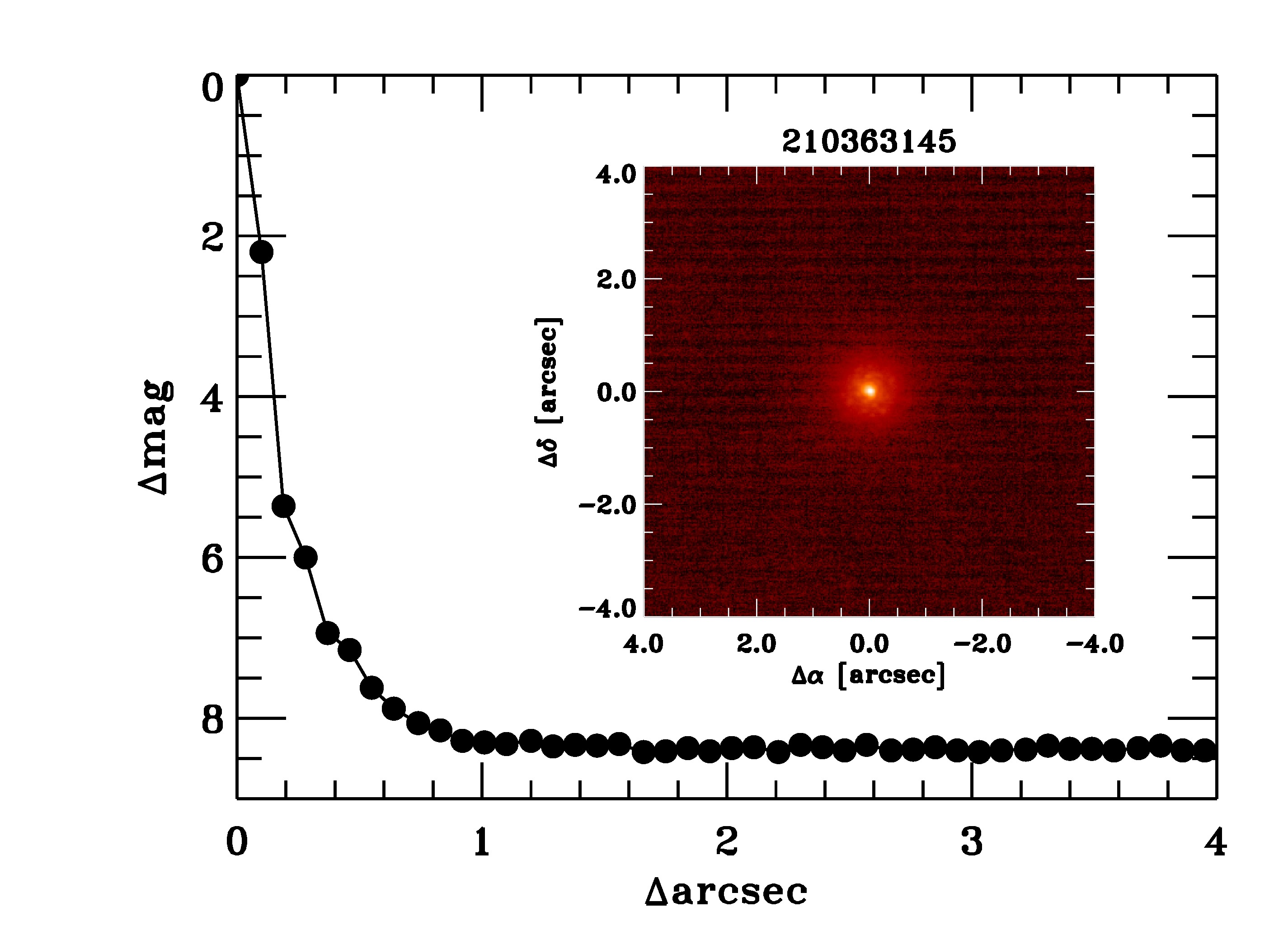Principal Investigator: Ian Crossfield, University of California Santa Cruz
Program Summary:
K2, the repurposed Kepler mission, offers a golden opportunity to find a wide diversity of new planetary systems orbiting bright stars. We are executing a large-scale collaboration using K2, the updated Kepler mission, to find these new systems around all stellar types in the K2 fields. We anticipate finding dozens of potential targets suitable for atmospheric studies with HST and JWST, and many more for which RV spectrosopy will further elucidate the low-mass planetary mass-radius relation. Over the next two years, we request four nights per semester to eliminate false positives and continue validating our K2 planetary systems using GNIRS AO imaging and our DSSI Speckle Camera. Eventually, our program will measure the occurrence rates of planets across the sky, optimize target selection strategies for TESS, and find exciting new targets for early-science JWST atmospheric characterization.

DSSI Speckle image of a K2 target superimposed on the contrast level at which the team is able to rule out other stars in the FOV.

NIRI image of a K2 target superimposed on the contrast level at which the team is able to rule out other stars in the FOV.
Co-Investigators:
- David Ciardi, Caltech IPAC
- Steve Howell, NASA-Ames
- Justin Crepp, UND
- Andrew Howard, University of Hawaii (IfA)
- Charles Beichman, Caltech IPAC
- Joshua Schlieder, NASA-Ames
- Erik Petigura, UC Berkeley (Astronomy)
- Evan Sinukoff, University of Hawaii (IfA)